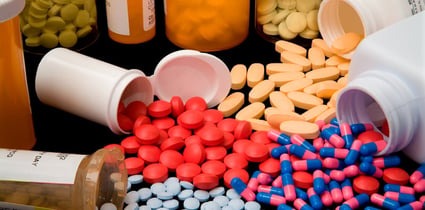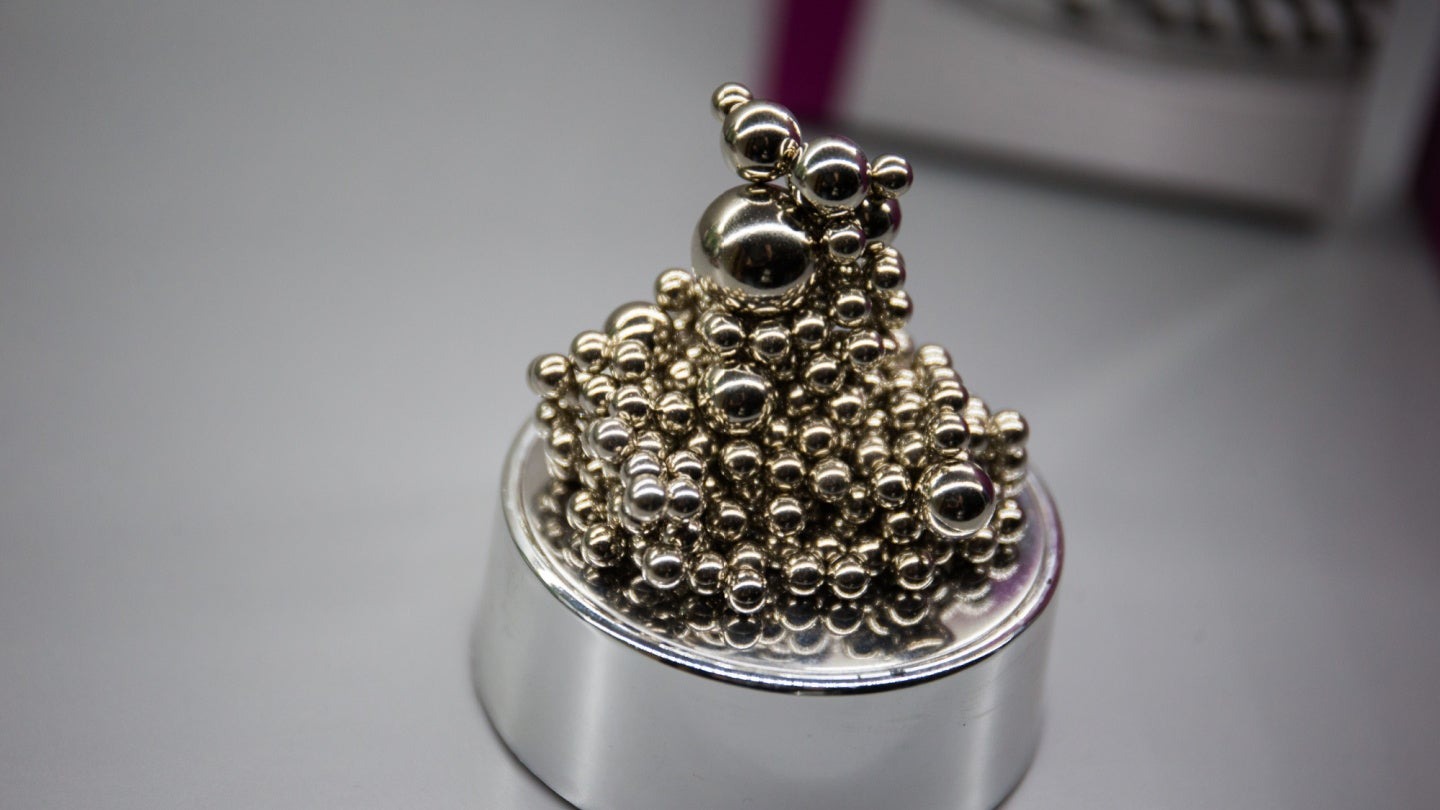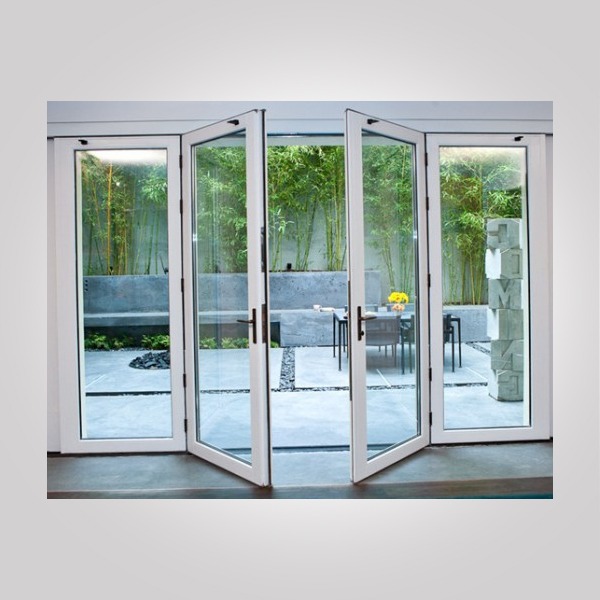Setup Report on Generic Drug Manufacturing Plant- Detailed Process Flow, Project Cost and Economics

Strong 8k brings an ultra-HD IPTV experience to your living room and your pocket.
The global pharmaceutical landscape is evolving rapidly, with generic drugs becoming an essential pillar of affordable healthcare. Generic drugs are bioequivalent alternatives to branded medications that offer the same therapeutic effects, dosage forms, strength, route of administration, quality, and intended use. They are manufactured after the original product’s patent expires and serve to reduce healthcare costs while improving access to essential medicines. Owing to this, setting up a Generic Drug Manufacturing Plant presents a compelling opportunity for entrepreneurs, healthcare investors, and pharmaceutical manufacturers alike.
Understanding Generic Drug Manufacturing
Generic drug manufacturing involves the formulation, production, and packaging of medications that mirror existing brand-name drugs. Unlike branded drugs that require years of research and testing, generics can bypass certain costly development stages by referencing the original drug’s data under regulatory pathways such as Abbreviated New Drug Applications (ANDA) in many regions.
Despite the cost and time advantages, manufacturing generic drugs still demands stringent compliance with quality and safety regulations, as these medications must prove their bioequivalence and efficacy to health authorities.
Request for Sample Report: https://www.imarcgroup.com/generic-drug-manufacturing-plant-project-report/requestsample
Key Steps in the Manufacturing Process
Setting up a Generic Drug Manufacturing Plant involves a multi-step process, combining pharmaceutical expertise, regulatory compliance, and robust operational infrastructure. The manufacturing process typically includes:
1. Pre-formulation and Formulation Development: This involves characterizing the active pharmaceutical ingredient (API) and designing the right dosage form. Compatibility studies and trial batches help refine the formulation.
2. Sourcing and Testing of Raw Materials: Raw materials, primarily APIs and excipients, must be procured from certified vendors. Rigorous quality control checks ensure the purity and compliance of these inputs.
3. Manufacturing Operations:
o Blending and Granulation: Mixing APIs with excipients in precise ratios.
o Compression or Encapsulation: Transforming powder into tablets or capsules.
o Coating: Applying protective or controlled-release coatings.
o Packaging: Packing into blister packs, bottles, or strips with proper labeling.
4. Quality Control and Assurance: Every batch undergoes testing for parameters like dissolution, potency, uniformity, and microbial contamination. Documentation and validation are critical.
5. Stability Testing and Documentation: This ensures the drug maintains efficacy over its shelf life under various environmental conditions.
6. Regulatory Submissions: Before commercial release, dossiers must be submitted to relevant drug regulatory authorities for approval.
Key Components of a Generic Drug Manufacturing Business Plan
A well-structured business plan is the foundation of any successful pharmaceutical venture. For a generic drug plant, the business plan must cover:
• Executive Summary: An overview of the business goals, product lineup, and market potential.
• Market Analysis: Insight into demand for generic drugs in target regions, competition landscape, and pricing trends.
• Regulatory Strategy: Outline of required approvals, certifications (like GMP, FDA, WHO), and timelines.
• Operations Plan: Description of manufacturing process flow, plant location, staffing, and daily workflows.
• Marketing Strategy: Plan for reaching distributors, hospitals, pharmacies, and international buyers.
• Financial Projections: Forecasts of expenses, revenues, breakeven points, and return on investment.
The business plan must also consider scalability to include additional formulations, contract manufacturing opportunities, or export expansion.
Capital Investment Overview
Understanding the Generic Drug Manufacturing Plant Cost is crucial for effective financial planning. While exact figures depend on scale, product range, and location, some key investment categories include:
• Infrastructure Development: Constructing GMP-compliant manufacturing facilities with cleanrooms, utility systems, HVAC systems, and dust/waste management setups.
• Licensing and Approvals: Costs associated with legal registrations, regulatory approvals, and quality certifications.
• Technology Integration: Investment in process automation, software systems for inventory, quality documentation, and compliance.
Investors should also allocate capital for contingency planning, initial working capital, and clinical testing where applicable.
Machinery and Equipment Requirements
A modern generic drug facility is equipped with a wide range of machinery tailored to formulation types—whether tablets, capsules, syrups, or injectables. Common equipment includes:
• Blenders and Granulators: For uniform mixing of powder ingredients.
• Tablet Press and Capsule Filling Machines: Core machines in solid dosage production.
• Coating Machines: For aesthetic or functional coating of tablets.
• Sterilizers and Autoclaves: If injectables or sterile drugs are produced.
• Packaging Machinery: For labeling, filling, sealing, and coding.
• Analytical Instruments: High-performance liquid chromatography (HPLC), UV spectrophotometers, and stability chambers for quality testing.
Choosing equipment that aligns with the targeted drug forms, production volumes, and regulatory requirements is essential for smooth operations.
Operating Costs
In addition to capital expenditures, ongoing operational costs significantly influence the viability of a generic drug plant. These include:
• Raw Material Procurement: APIs and excipients are recurring expenses.
• Labor Costs: Skilled professionals in manufacturing, quality control, regulatory affairs, and engineering.
• Utility Costs: Electricity, purified water, HVAC systems, and waste treatment facilities.
• Maintenance and Calibration: Regular servicing of equipment to ensure uninterrupted production.
• Compliance and Documentation: Maintaining regulatory documentation, audits, and certifications.
• Distribution and Logistics: Warehousing, shipping, and channel partner commissions.
Efficient resource management and process optimization are critical to minimizing these costs and maximizing profitability.
Conclusion
The demand for generic drugs is poised to rise further as governments and healthcare providers focus on cost-effective treatments. Establishing a generic drug manufacturing plant not only meets this growing need but also positions businesses in a highly scalable and export-ready sector. However, success in this space requires a deep understanding of pharmaceutical science, regulatory compliance, and efficient manufacturing processes.
While the generic drug manufacturing plant cost involves significant planning and investment, the long-term rewards—both economic and societal—can be substantial for those who execute with precision and vision.
Note: IndiBlogHub features both user-submitted and editorial content. We do not verify third-party contributions. Read our Disclaimer and Privacy Policyfor details.







